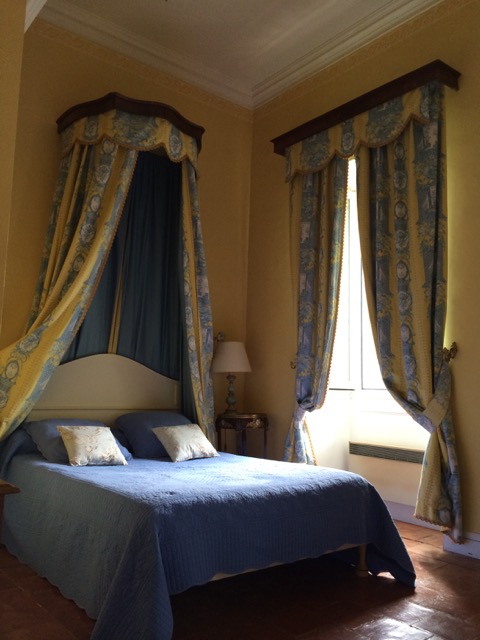I recently embarked on turning our little mountain studio into an Air BnB location and had to ponder, what makes a great hotel room? Since I travel quite a bit, I should know right? I knew an awesome mattress was a given, but what else makes my stay at any given hotel exceptional? Here is a short list of the top 4 things that make a stay remarkable whether for work or play.
A LITTLE ROOM PLEASE
Having enough space to spread out and relax, read, watch puppy videos on Facebook, or take in a great view, really makes a difference. Whether it's doing a little yoga or hanging out on a comfy couch, people need some room to feel like they are living a little more luxuriously. Being crammed in a small hotel room is not the best way to unwind. The bigger hotel chains have definitely taken note, with their "all suite rooms" like Vdara in Las Vegas and "roomy rooms" like Hyatt Place hotels nationwide. A view of something besides the parking lot, is icing on the cake.
A KITCHENETTE WITH THE TOOLS TO USE IT
My last visit to Las Vegas was an exercise in frustration. I was so excited to have a kitchen, since I usually have to be there for a whole week for a trade show twice a year. Making a healthy breakfast and a bag lunch helps me keep my sanity for a week of crazy. However when I brought back my 2 bags of groceries from Whole Foods, I searched the cupboards and found nothing but emptiness. No plate, no silverware, no pots or pans. When I called down, they said they only stock upon request, and then not very well I might add. If we are going to be tempted with a stove, microwave, refrigerator and dining room, please provide the tools to keep the maid busy cleaning for 2 extra hours.
IRON, HAIR DRYER, FULL LENGTH MIRROR, LUGGAGE STAND
I can live without a lot of things, but not wet hair, wrinkled clothes, or the ability to see how I look before I embark out into the world. As bed bugs take over our cities, a luggage stand is both practical and a safety measure. I could pack a steam iron and travel hair dryer, however suitcase space has become a precious commodity with airlines charging for everything from a carry-on to a bad cup of in-flight coffee.
AN AWESOME MATTRESS AND COMFY SHEETS
While this does go without saying, in my years of traveling, it still amazes me how these are overlooked. Since I'm in the business of providing awesome latex mattresses to hotels, I have a particular bone to pick on this one. A good night's sleep is tantamount to my success on a business trip or pleasure on a vacation. Rolling into one's partner into the abyss of a bad mattress during the night ensures a cranky morning. Speaking of sleeping with a partner, do hoteliers really think two adults fit on a full size mattress? Full size mattresses are for kids, to be crammed into one at a hotel, makes sleeping in the rental car seem like a plausible alternative. Need a great night's sleep on your next trip? Check out the Ace Hotels and sleep sweetly!


